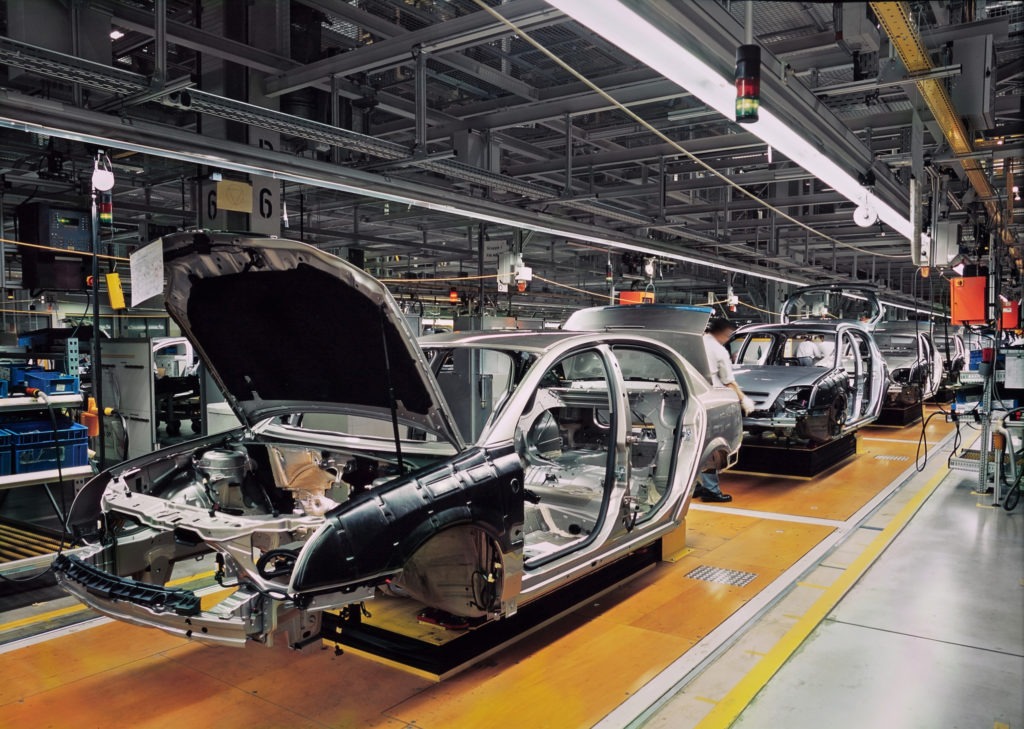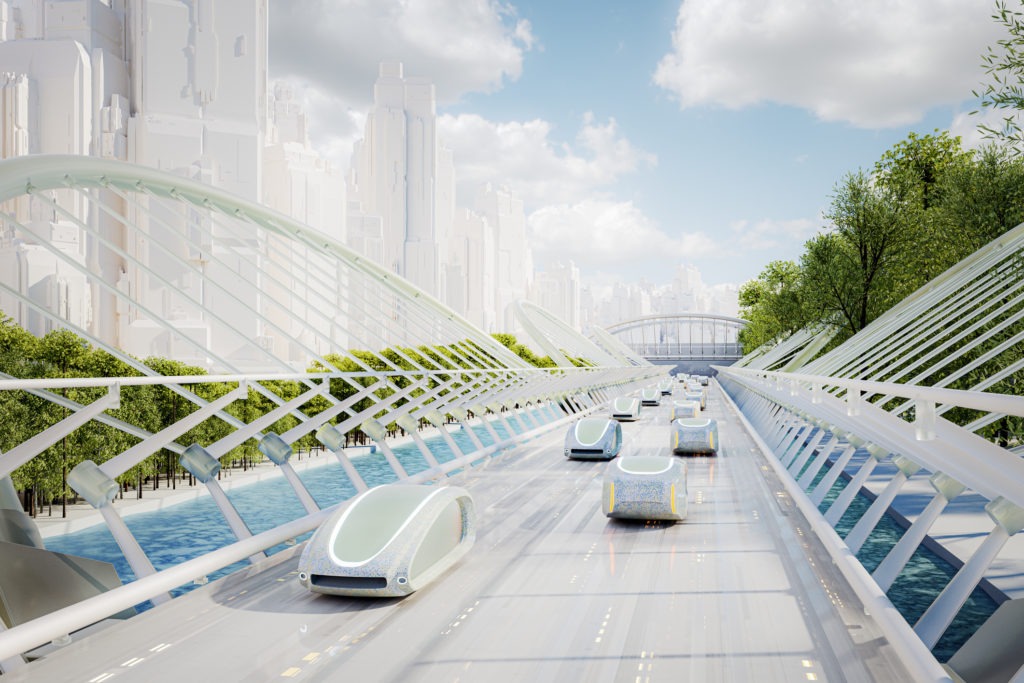Autonomy and data security central to Euro NCAP safety roadmap
13 November 2022

Euro NCAP has published its Vision 2030 roadmap. Dubbed ‘a safer future for mobility,’ the document outlines a clearer path for safer vehicles and promotes greater certainty for European consumers.
The safety body is looking to provide focus for Europe’s automotive industry in the coming decade, as well as clarifying its own approach to safety. This means adapting to the increasingly technological nature of vehicles, with an increased emphasis on assisted and automated capabilities.
From 2026, there will be additions to Euro NCAP’s assessment model, with protocol updates on a three-year cycle. The body’s assessment programme will evolve to reflect the phases of a potential collision, namely safe driving, crash avoidance, crash protection and post-crash safety.
Autonomous vehicles
Euro NCAP’s Vision 2030 highlights that autonomous vehicles can be radically different in their design to traditional cars. They may lack more traditional elements such as a steering wheel and may potentially offer unconventional seating arrangements.
So, the safety body hopes to define a more dynamic set of protocols and objective requirements, as well as a safety-assurance scheme, tailored to the needs of future operators. The ultimate aim is to lay the foundations for the ‘meaningful regulation’ of autonomous vehicle safety.
Euro NCAP believes the focus here should be highway and pavement-collision avoidance, emergency response, as well as occupant collision protection – crashworthiness, seating postures, restraint systems and compatibility.
‘Cars are becoming more advanced as manufacturers work towards their goal of autonomous and connected vehicles,’ confirmed Dr Niels Ebbe Jacobsen, president of Euro NCAP. ‘We are not yet living in an era of fully self-driving cars but driving-support technologies are becoming widespread. Given the importance of these assisted and automated-driving technologies, Euro NCAP will adopt a penalty/rewards approach for cars that offer these systems.’
Data security
As well as the increase in autonomous mobility, Euro NCAP addressed the growing role that software, technology, and general connectivity play in the automotive landscape. A wave of new technology has introduced systems like intelligent speed assistance and features on demand (FOD) which are re-establishing how vehicles are used and behave.
As a result, products and services provided by automotive companies have become increasingly intertwined with those offered by software and communications companies. But connecting vehicles to the internet-of-things has increased questions surrounding cyber security.
Euro NCAP stated that vehicles entering the market must meet basic vehicle-security requirements, and that data access should be made in the interest of consumers, as well as in-vehicle information remaining possible for all authorised parties. This encompasses the use and monitoring of car data and functions during independent consumer testing, something Euro NCAP sees as ‘a burning question for European legislators.’
An expansive vision
Alongside the growing impact of autonomous-driving systems and connected vehicles, Vision 2030 considers numerous other areas of automotive safety. This includes monitoring technology which looks for driver impairment and cognitive distraction.
Euro NCAP also pointed to the importance of active safety tests that more closely simulate real-world environments and examine human-machine interaction (HMI). This helps ensure more robust and efficient driver-assistance systems. Elsewhere, passive safety tests could provide a greater focus on gender equality and the ageing population of drivers and occupants.
Electrification also poses unique risks which need to be assessed. This means evaluating the fire risks and thermal runaway, as well as generating improved information for first and second responders. There is also a need to test the safety functions enabled by vehicle-to-vehicle (V2V), vehicle-to-load (V2L), and vehicle-to-everything (V2X) communication.
The roadmap will also encompass two-wheeled modes of transport, including motorcycles and motor scooters, as well as light and heavy-goods vehicles. The body hopes to ‘address the overrepresentation of these vehicles in road fatalities and serious injuries.’
‘Euro NCAP’s achievements in its 25 years long history are a testament to the programme’s enduring success and relevance,’ added Jacobsen. ‘Despite major developments in safety in passenger cars, our work is not done. Euro NCAP strongly believes that it holds the potential to further improve vehicle safety in the next decade in support of a Vision Zero, which strives to eliminate fatalities and the seriously injured in road crashes.’



